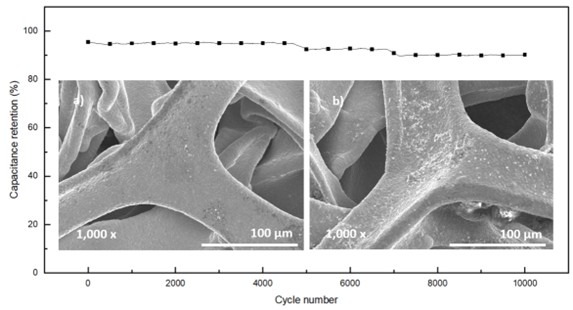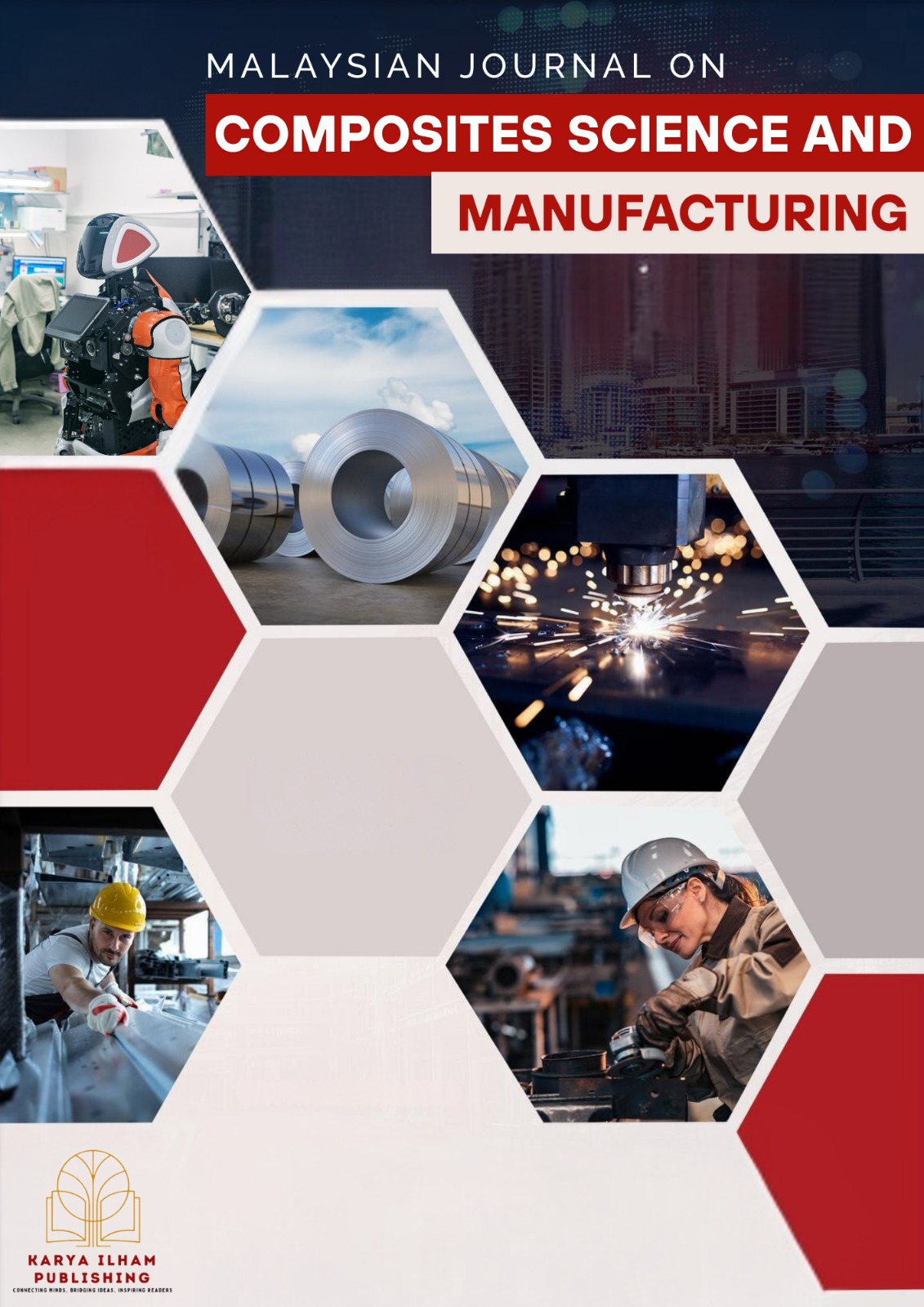Evaluation of Structural and Electrochemical Performance of Ti3C2 MXene/MoS2 Electrode in PVA-based Solid Electrolyte
Keywords:
MXene, MoS2, Characterization, Symmetric SupercapacitorAbstract
Solid electrolytes have gained significant interest for the use in supercapacitor application. The unique blend of its characteristics ensures excellent durability and long-lasting performance. However, the complex synthesis process required for these electrolytes has limited the prospect. This study aims to develop a high-performance solid-state supercapacitor by synergistically combining a PVA-based solid electrolyte with a MXene/MoS₂ composite electrode. The key challenges are to achieving a good compatibility between the flexible PVA electrolyte and layered MXene/MoS₂ electrode to prevent delamination and understanding ion transport through PVA’s hydrophilic network and MXene/MoS₂’s hierarchical structure, while ensuring long-term capacitance retention. A low-energy hydrothermal synthesis approach is used to enable scalable and greener fabrication. Confirmation of the characterization for the synthesized MXene and MoS2 composite was achieved through X-ray Diffraction and Raman analysis. While Field Emission Scanning Electron Microscope were employed to examine the morphology. The highest specific capacitance recorded was 50.62 Fg-1, attributed to the higher ionic conductivity and better mechanical properties of PVA based solid electrolyte in utilizing 2D material. Moreover, the device demonstrated almost 95.75% retention of its original capacitance upon a 10,000-cycle cyclic stability test at high current.

















